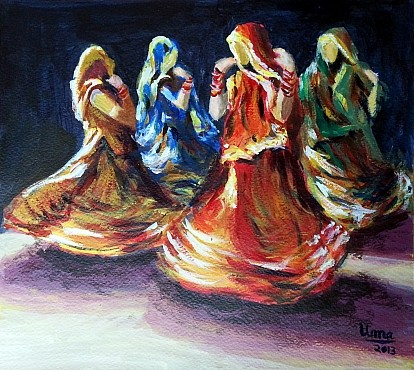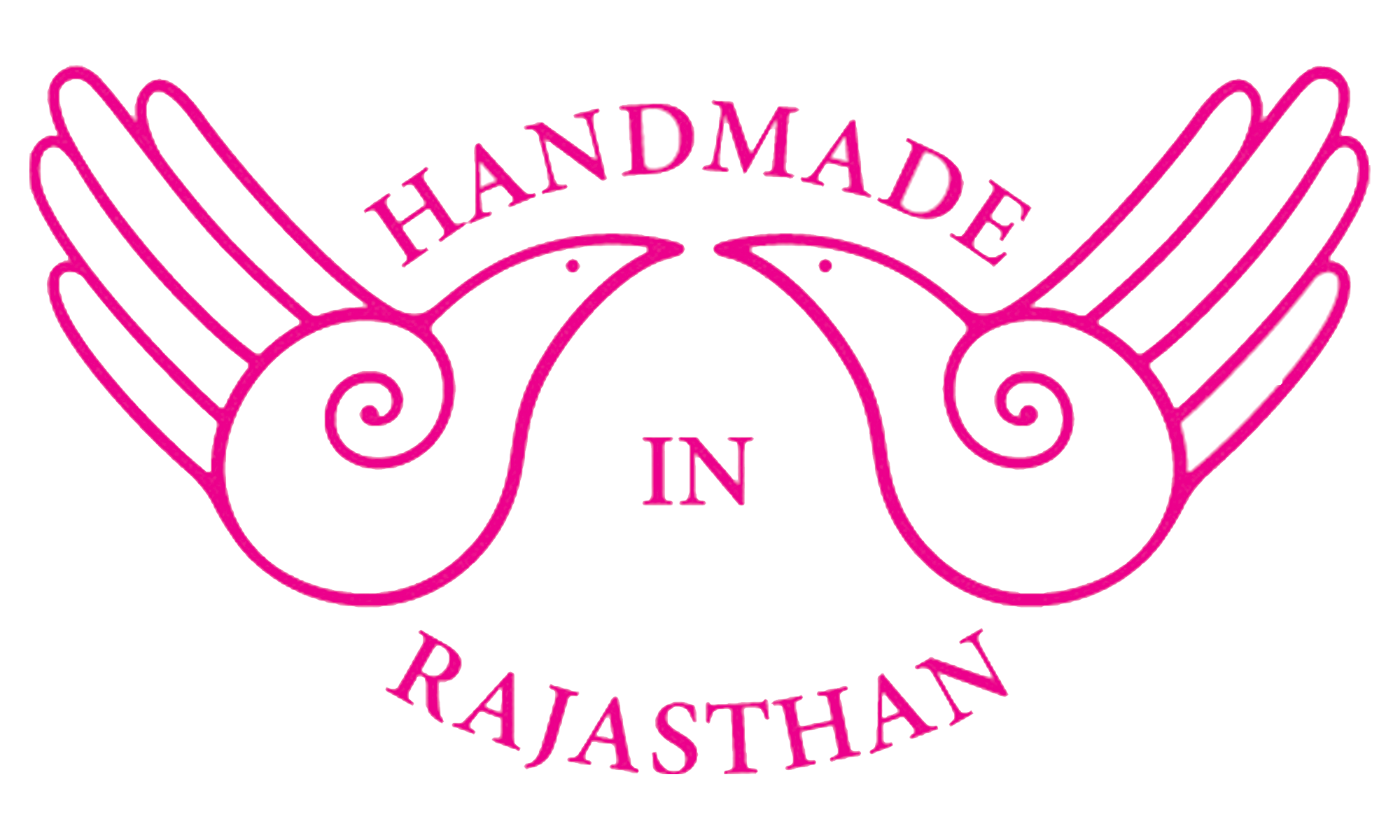- Home
- About US
- Art and Craft
- Artisans
- Master Crafts Persons
- Supporting Institutions
- News and Events
- Schemes
- Contact us
- Contact

Folk Art- Folk art encompasses art produced from an indigenous culture or by peasants or other laboring tradespeople. In contrast to fine art, folk art is primarily utilitarianand decorative rather than purely aesthetic. Folk Art is characterized by a naïve style, in which traditional rules of proportion and perspective are not employed.
As a phenomenon that can chronicle a move towards civilization yet rapidly diminish with modernity, industrialization, or outside influence, the nature of folk art is specific to its particular culture. The varied geographical and temporal prevalence and diversity of folk art make it difficult to describe as a whole, though some patterns have been demonstrated.
Characteristics-Characteristically folk art is not influenced by movements in academic or fine art circles, and, in many cases, folk art excludes works executed by professional artists and sold as "high art" or "fine art" to the society's art patrons. On the other hand, many 18th- and 19th-century American folk art painters made their living by their work, including itinerant portrait painters, some of whom produced large bodies of work.
Terms that might overlap with folk art are naïve art, tribal art, primitive art, popular art, outsider art, traditional art, tramp art and working-class art/blue-collar art. As one might expect, these terms can have multiple and even controversial connotations but are often used interchangeably with the term "folk art".
Folk art expresses cultural identity by conveying shared community values and aesthetics. It encompasses a range of utilitarian and decorative media, including cloth, wood, paper, clay, metal and more. If traditional materials are inaccessible, new materials are often substituted, resulting in contemporary expressions of traditional folk art forms. Folk art reflects traditional art forms of diverse community groups — ethnic, tribal, religious, occupational, geographical, age- or gender-based — who identify with each other and society at large. Folk artists traditionally learn skills and techniques through apprenticeships in informal community settings, though they may also be formally educated. Folk art are simple, direct, and mostly always colorful.
Antique Folk Art-
Antique folk art is distinguished from traditional art in that, while collected today based mostly on its artistic merit, it was never intended to be 'art for art’s sake' at the time of its creation. Examples include: weathervanes, old store signs and carved figures, itinerant portraits, carousel horses, fire buckets, painted game boards, cast iron doorstops and many other similar lines of highly collectible "whimsical" antiques.
Contemporary Folk Art-Many folk art traditions like quilting, ornamental picture framing, and decoy carving continue to thrive, while new forms constantly emerge. Contemporary folk artists are frequently self-taught as their work is often developed in isolation or in small communities across the country.

